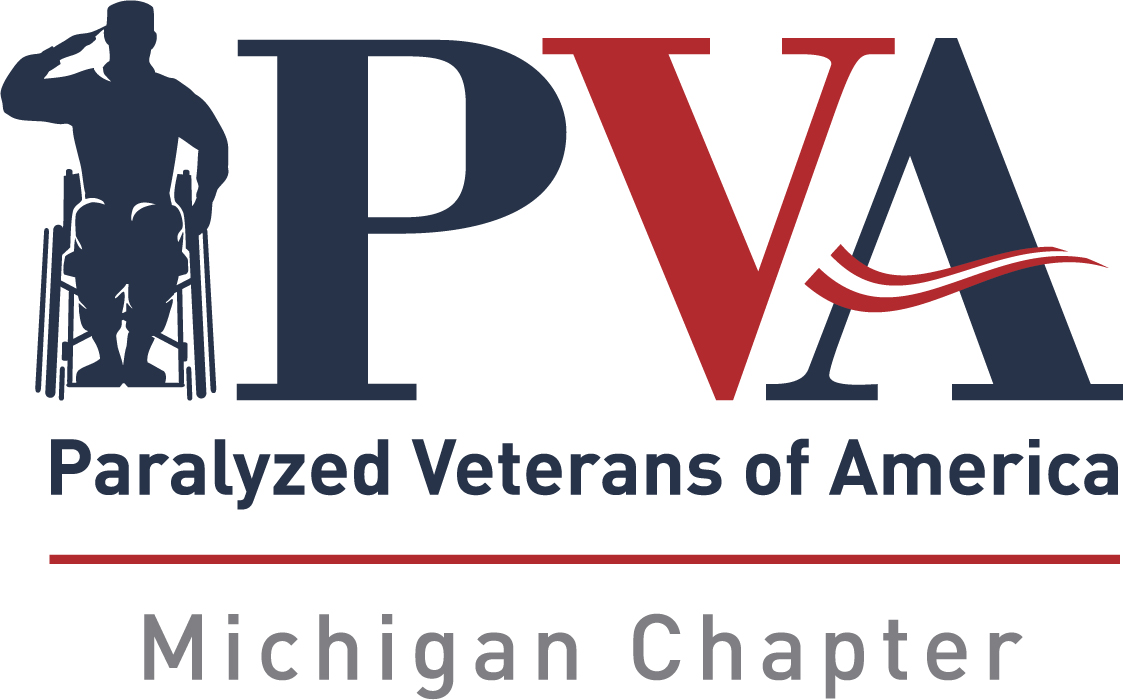Would you be surprised to learn that people with disabilities are met with barriers to medical treatment on a regular basis? How about that specifically women with disabilities sometimes receive substandard care because of these barriers, both physical and attitudinal, at a much higher rate than their non-disabled counterparts? Or, the fact that women with disabilities are more likely than men with disabilities to have unmet healthcare needs?
In fact, according to a BMC Women’s Health article, Barriers in Access to Healthcare for Women with Disabilities, researchers found that personal factors (such as personality, resources, and attitude) and healthcare system factors (such as providers attitudes, knowledge, structural, and political factors) could affect access to things like preventative health screenings or maternity care for women with physical disabilities in the United States. Furthermore, the CDC points out that 61% of U.S. women with disabilities aged 50-74 received a mammogram during the past 2 years, as opposed to 75% of women without disabilities.
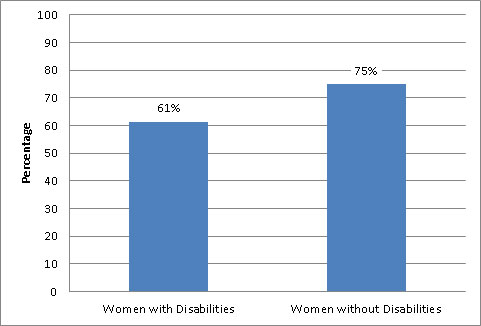
The MPVA has been interested in this topic, especially as the needs for equitable treatment for women veterans with disabilities has received much needed attention in recent years. Recently the staff at the MPVA, which is proudly led by women, were sharing stories of the Shake Your Head variety. As the writer of this blog and of many other disability-related articles over the past decade, I have no problem being honest about my experience as a woman with a disability; so, during our staff discussion, I shared what I found to be humorous anecdotes about the inaccessibility I experienced at my first mammogram.
The MPVA Executive Director, Jaclyn Kochis, replied that she had heard similar stories from women in our membership. We all agreed that it was the right time to write an article sharing the different perspectives on this issue and how advocacy is still needed and can be successful.
We were honored to have Erica Coulston, as an associate member of the MPVA, speak with us on this topic. In between her many duties as President of Walk the Line Recovery Therapy, she shared her experiences with accessing healthcare as a woman with a C6/7 spinal cord injury.
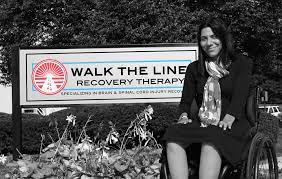
Erica C: “My first experience of getting a mammogram was not great. […] I have a history of breast cancer in my family, so this was kind of a baseline mammogram, so I wanted it to be very thorough and done properly. The technician who was helping me the first time was really unsure about how to position me and not get obstruction from my chair.
At the end of it, she was like, “Well, I did the best I could!”.
They ended up being images that were not clear because of the way that she had taken the image. My doctor said, “Well, I am sure it is fine!”.
I replied, “I don’t know if I am exactly comfortable with that. I’d like the best possible chance that everything is fine. If you missed the whole posterior view, then there is a whole section we are not seeing!”
I actually ended up having that hospital system refund my money for that mammogram. I went elsewhere and they were able to do a good job.
Often, it really does seem to boil down to, in my experience, the person administering the care. They are the ones operating the equipment, they are the ones interacting with you when they take you into the office. You know whatever it is, I really feel like there are two components to the problem: (a.) there are the actual, physical barriers—like does that physician’s office have height adjustable tables or machines? A lot of them do not have adaptive [equipment], and some of them only have one. If you do not specifically reserve that one, it may be in use when you come in for your appointment! So sometimes there is the physical aspect of it and then sometimes (b.) it is about the individual provider administering the care and their level of education and awareness.”
In preparation for this blog, we were able to interview a mammography technologist who has been in the field since 2007 and has been a certified in mammography since 2013. Her perspective is vital when trying to understand issues like these for women with disabilities seeking accessible care.
MPVAblogger: Have you ever had a patient with a mobility challenge or in a wheelchair that you had to assist? Can you tell us about that?
Mammography Tech: “I have had many patients with mobility challenges. If a patient is freely able to move around her upper body, etc. and the wheelchair can have the arm attachments taken off, I can usually perform the mammogram by myself without any issues. If the patient is less able to assist, then two or three of us will work together to get the best pictures possible. Sometimes, one or two of us will put on lead lined aprons to assist holding the patient in a certain way […] We do what we can to get the best pictures for the radiologist while also keeping the patient safe and as comfortable as possible. Sometimes, we will have the aid of a family member that the patient is with, as well. We are in communication with the patient the whole time to ensure the comfort level.”
MPVAblogger: Is there adaptable/adjustable equipment available in your office for patients with different abilities? If so, what is the procedure for use of this particular equipment?
Mammography Tech: “Our mammogram machines in the hospital […] all have the ability to come down pretty low, so performing mammograms on patients sitting in a wheelchair is usually easily obtained.”
This MPVAblogger’s experience lands somewhere in between Ms. Coulston’s frustrating account and the mammography technologist’s explanation of how this procedure has met with progress. Indeed, I did struggle with some lack of accessibility, similar to what Ms. Coulston shared, but I did find better communication from the staff that worked with me. The mammography tech shared that everyone on the staff where she is employed receives training “on best practices for working with patients with mobility issues, as far as using proper body mechanics and teamwork, etc. so that we do not injure ourselves. We also always get training on the equipment. We have also had training on interacting with patients with vision and/or hearing loss, as well as interpreters.”
The CDC writes that several factors often prevent women with disabilities (a diverse group, ranging from those with mobility, vision, hearing, or cognitive challenges to those with independent living limitations) from pursuing preventative medical screenings, like mammograms, or other checkups that could prevent disease, like oral care and Pap smears. For women with physical disabilities (WWPD), these barriers include many of the issues which Ms. Coulston experienced, like the absence of adaptive equipment or attitudinal barriers from providers and staff. This link shares four more stories and important perspectives on women with physical disabilities’ experience and their subsequent journeys with breast cancer.
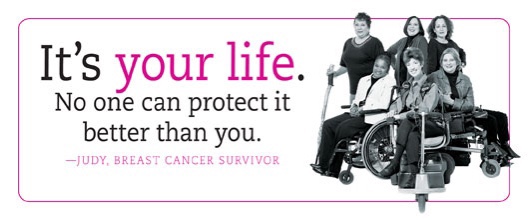
Also, be sure to read about the CDC’s tips for women with disabilities (physical or otherwise) on how to prepare for a mammogram.
The mammography tech had some final words for potential patients, as well: “I would like people to know that we try our best, but we can’t always get a textbook perfect mammogram depending on patient ability and cooperation. [The most important] tip I have to offer is to tell women to speak up. If there is something we can do better to help them lean in better or hurt less, etc. don’t be afraid to say something.”
Of course, any woman with a disability can tell you that when they speak up, it is sometimes not taken seriously or addressed. That leads to another issue that many women with disabilities experience when communicating with medical professionals.
Erica C: “I actually went to the dermatologist just a few weeks ago with my husband and asked if they had any height adjustable tables, because I had not seen any as we passed rooms.
The nurse working with me replied, “Well, I am not sure. Let me check, I think we might have one.”
I immediately thought to myself, well, that is not helpful! That has been my experience repeatedly: either adaptive\adjustable equipment is unavailable, is limited, or the medical office/person administering the care is not knowledgeable about the equipment, my injury, or about disabilities in general.”
MPVAblogger: Have you found that you will schedule an appointment and give them all the information about your disability, specific needs, etc. but arrive on the day of the appointment to find that they are seemingly surprised at these things, almost as if you have never spoken to them?
Erica C: “Every time. Almost every Time. I have a C6/7 spinal cord injury. I mean, sometimes they are aware. I am not sure if it is the person taking the notes or the person reading the notes, or where in fact that communication is lost. I feel like if I made an appointment and somewhere has my medical information, that is information they should have. As a person with the disability, I do not feel like I should need to pre-announce my disability in order for them to be prepared. I feel like part of having an equitable society means that I should just be able to call and make an appointment; when I show up, it really should just be an attitude of “yes, of course Ms. Coulston, not a problem.””
MPVA blogger: Now that we have identified a potential problem of equity for women with disabilities when seeking certain medical care, how do we transition from seeing the problem to beginning to solve the problem?
Erica C: “A big part is knowing what you need and communicating that. It is important to find out if any accommodation or assistance is available at that specific provider’s location where you will have your appointment/procedure. That could be a wheelchair accessible bathroom, height adjustable tables or machinery, or physical assistance. Sometimes, it is a good idea to call that office the same day as your appointment to go over those things to ensure that you are speaking with someone who is going to be there when you arrive. You will be able to reiterate what you were told when you may be appointment and asked about certain accommodations. This will give you the chance to double check that they know you are, what you need, and that what you have been told is available for your appointment.
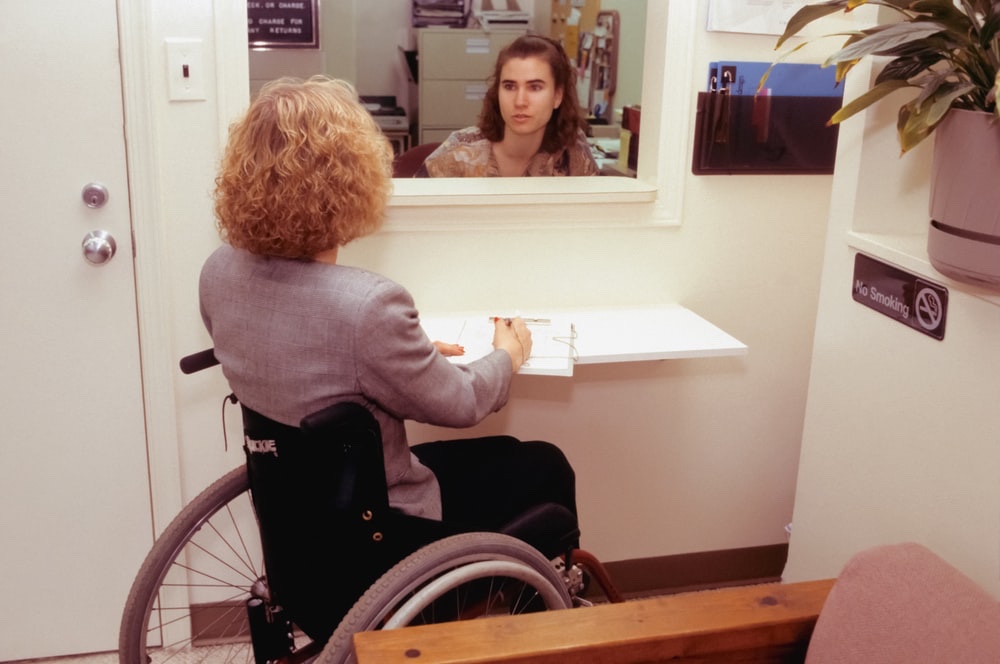
One thing a woman can do is to voice an issue right at that moment with the manager or supervisor. Oftentimes what I have found is that they are unaware, have not thought of it, or it was overlooked. It is a good moment to educate them on what they can do to improve on what they need to solve the problem for your next visit. Also, there is a lot to be said about the power of social media. Sites like Next Door, and other local community and neighborhood forums can be impactful. For instance, I could put on my neighborhood page that I visited a dermatologist in the community, and they did not have height adjustable tables, so I would recommend that any women with disabilities consider choosing another provider.
My overall advice is that it is important to share information and to educate the provider— offer your help in making their practice more inclusive.
Of course, sometimes they will be unable or unwilling to make necessary changes. Being on the receiving end of that makes it challenging to stay unemotional and constructive.”
The needle of progress is moving, albeit slowly! As in most things that people with disabilities advocate for, the improvements have been good for all of society, but there is much work to be done. Providers and medical offices are more aware now than they have ever been in the direction which they need to be heading to provide quality accessible care to all. I have had good experiences where there was not a hitch in communication or accommodation. However, as many women with disabilities have experienced, successful appointments are still too few and far between.
